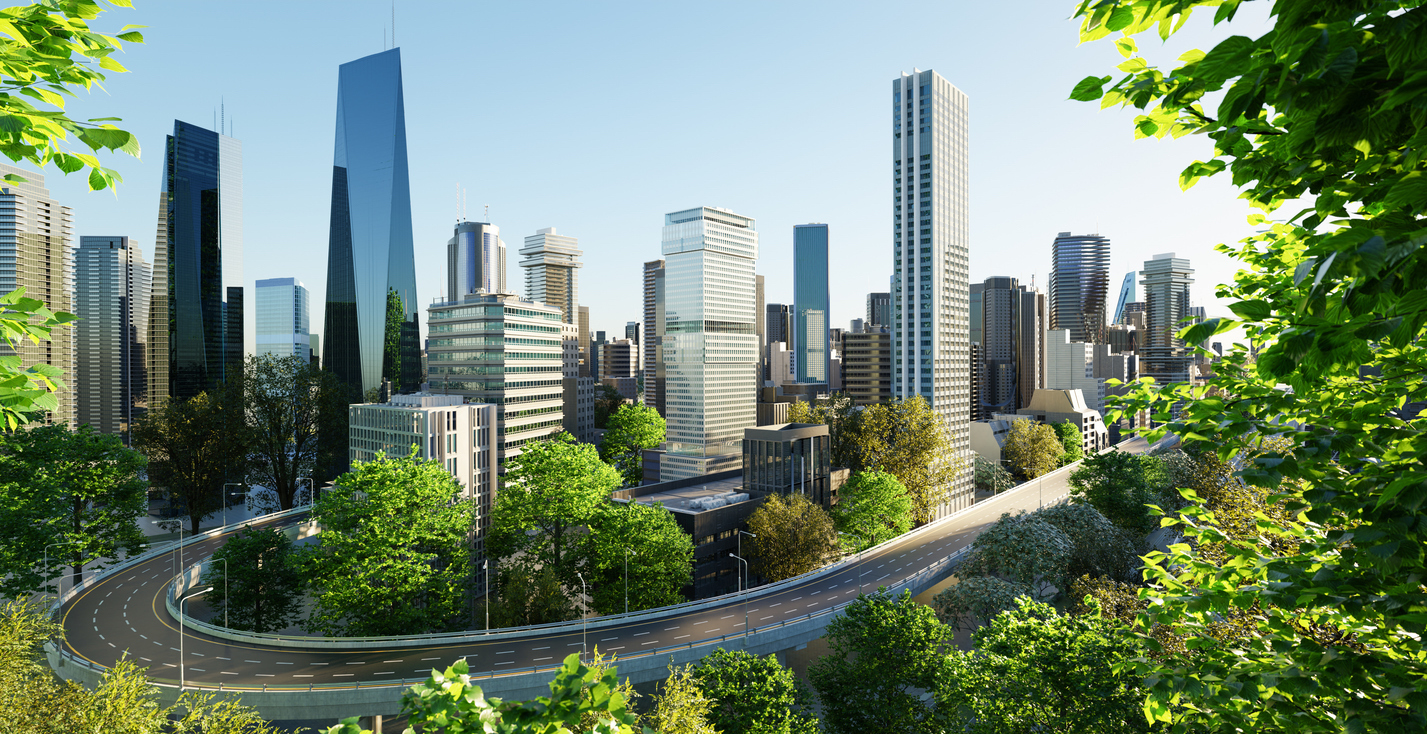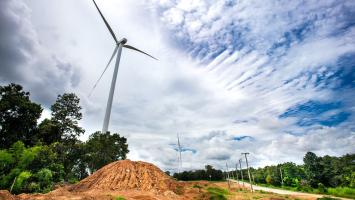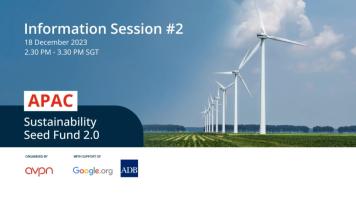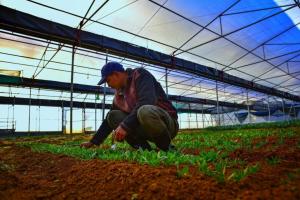How Cities Can Embrace Nature and Meet Their Net-Zero Goals

Cities Business Lead-Germany, Arup

City leaders are beginning to realize that greening cities is one of the most effective, practical, and realistic ways of reversing climate impacts. Photo credit: iStock/jamesteohart.
Allowing plants to grow on a building's exterior is a low-cost way of providing shade and lowering the need for cooling.
This article is published in collaboration with Arup.
Ever since architect and urban planner Le Corbusier, many commentators have observed that cities are "machines for living in." Extending the metaphor a little, we can all see how those machines have become profligate consumers of energy and emitters of carbon dioxide. As populations urbanize and cities densify, heat increases and with it the demand for air conditioning and thus production of emissions—a highly un-virtuous circle. Beyond some visionary (and expensive) new "BREEAM-rated outstanding" green buildings we see in a few places, the real challenge is how to make thousands of older, existing buildings more sustainable. The scale and extensive efforts often require technical retrofitting solutions which need to be clever and efficient to avoid impractical solutions which could produce still more emissions, if approached with a lack of consideration.
If you look at most contemporary urban buildings, their envelopes feature a lot of metal and glass, which absorb and store energy from the sun all day, before releasing it out into the city after dark. When these buildings are in proximity they contribute to a microclimate that concentrates this heat, causing more reliance on energy hungry cooling and air conditioning systems. This leads to a situation where the temperature is artificially increased by 10°C–15°C above a building, and cities facing heat island effects that render areas increasingly unbearable with the temperature extremes produced by climate change.
20%… is bigger than you think
All over the world, city leaders are beginning to realize that greening our cities is one of the most effective, practical and realistic ways of reversing these trends, greatly improving the livability of our urban environment and meeting net-zero goals. It all starts with a simple piece of math, something I call the 20% rule.
Imagine you could bring nature to just one face of a building—a fifth of its total surface area—with plants allowed to grow on its envelope. You gain some immediate benefits at relatively low cost: the plants shade the building, lowering the need for cooling in the city and thus for the building. The substrate for the plants absorbs noise and the plants also clean the air of fine dust and particulates. It does not stop there: green envelopes also reduce the effects of stronger rainfall (a growing climate change effect) meaning less occurrence of city flooding. And as we all know, human beings love being around greenery—it lowers stress and is fantastic for our mental health.
Now imagine that you could apply this natural solution to 20% of the buildings in an entire city. We modeled the benefits in a number of different locations and the potential improvements are quite startling. In London, we calculate that green envelopes would lower the air temperature by 3°C, in Berlin by 4°C, in Melbourne by 10°C, and in the super dense environment of Hong Kong, China an 11°C drop is predicted by means of simulations. So, is this green vision practical?
A natural design ethos
Earlier generations of green envelopes have been criticized for being expensive or impractical to maintain, but the design ethos has matured and evolved. Our approach follows a few simple principles: it must be easy to maintain, easy to apply to a wide range of existing buildings, able to let nature do its thing without too much human intervention, taking our inspiration from the nature that thrives on cliffs. The systems we have prototyped, and showcased at the Einfach Grün (Greening the City) exhibition at the Deutsche Architektur Museum in Frankfurt, are an intentionally affordable solution. By producing an extensive elevation system for plants, the maintenance costs for irrigation, fertilization, and drainage can to a large extent be eliminated.
I believe that this approach to greening and cooling the city has the potential to grow like a meme—such is the inherent appeal of greenery and nature, especially in rapidly and overdeveloped cities. City politicians continue to have a valuable role to play here, as leaders and example-setters who control large amounts of urban real estate. Already in Vienna, local regulations require for 20% of new buildings to be greened, and in Stuttgart for 30% of new public stock. In Frankfurt, regulations also apply to the renovation of existing buildings: with 50% of all renovated façades to be greened up to a height of 3 meters, otherwise compensation must be provided. This is only the start for adapting natural solutions to our cities. Regulations will continue to evolve.
Ultimately, the battle against climate change cannot be won by simply bringing additional, new technology to bear on problems created by other existing technology. Greening our cities is a powerful reminder that if we learn from nature, we can develop passive, energy-neutral solutions, improve the urban experience, and tackle a worldwide emergency—all at once.
This article was adapted from a story published by Arup.

Rudi Scheuermann
Cities Business Lead-Germany, ArupRudi Scheuermann is focused on designing sustainable and resilient cities. He has worked with world-class architects and engineers around the globe. Over the years, he has developed solutions on how to make cities more livable. Scheuermann studied architecture at the University of Karlsruhe and later completed a research study in Bath, England, with a master's degree in architecture in membrane constructions. He worked for architecture and engineering firms in Germany, the Netherlands, Great Britain, and the United States.

Arup
Arup is a global collective of designers, consultants, and experts dedicated to sustainable development and to using imagination, technology, and rigor to shape a better world.


